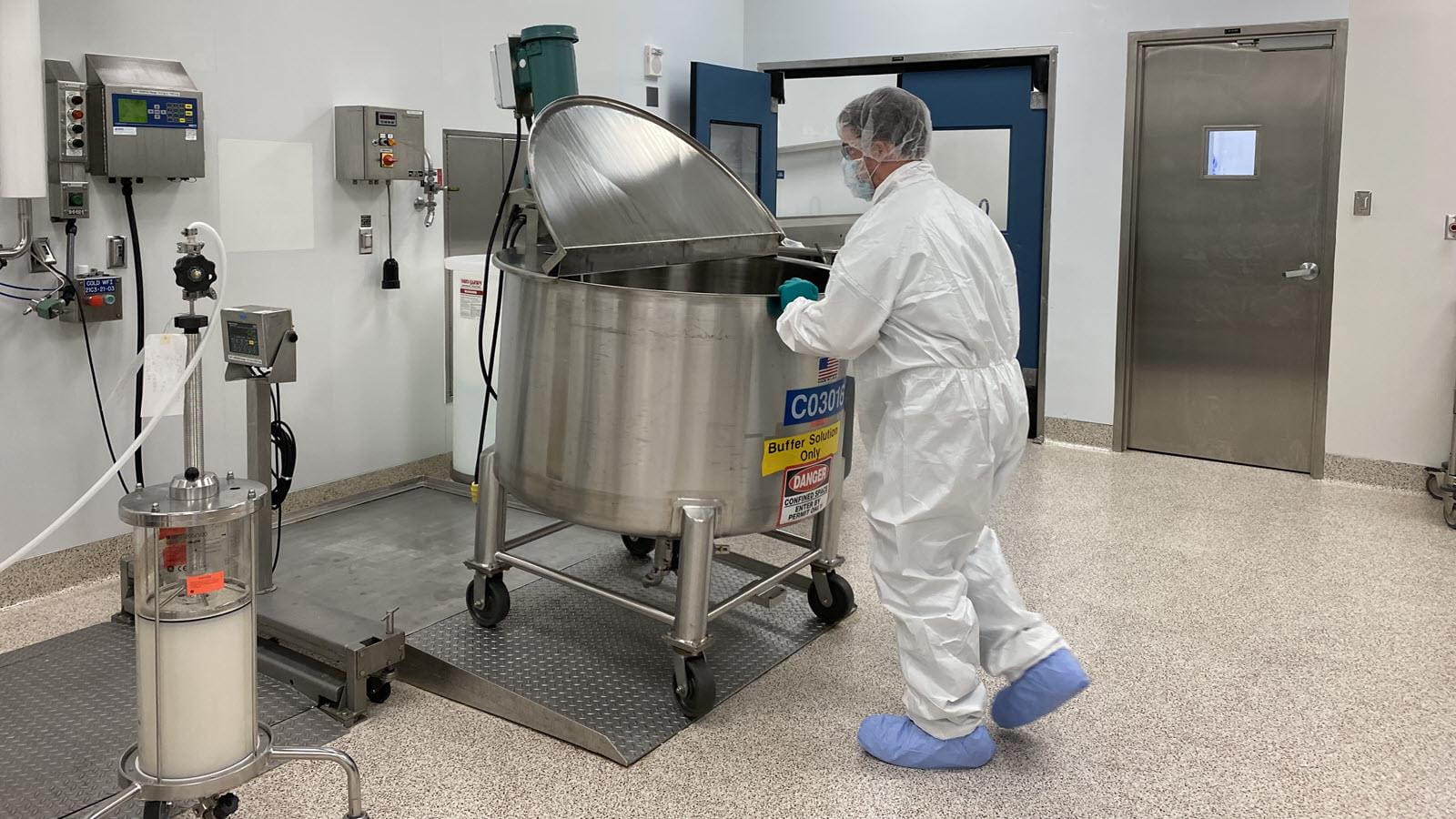Remember the fun you had doing experiments in science class? Maen Qadan and his team experience some of that excitement every day at the pilot plant inside CSL Behring’s manufacturing facility in Kankakee, Illinois.
“Who wouldn’t love coming to work every day knowing you are developing life-saving therapies for people who have rare illnesses? You never know if today will be the day that your research and development will create a breakthrough in helping to improve the health and well-being of our patients,” said Qadan, Executive Director, Plasma Product Development.
Pilot plants let manufacturers work on a small scale and demonstrate the feasibility of a proposed process technology for real-world operations.
“One of the key advantages of creating a pilot plant is the ability to carefully evaluate each step in the production process,” Quadan said. “Generally, the plant is just large enough to imitate any issues that could occur, but small enough to prevent the waste of raw materials, labor and other common operational expenses.”
Among their projects, the pilot plant team was especially proud to play a role in a clinical trial for sickle cell disease patients, said Michael Bartkovsky, Director, Process Development. They used the pilot plant approach to develop a process for purifying a blood component being investigated as a treatment for patients who have the burdensome, life-limiting disease. They then adapted the process to production scale, he said.
“We were very excited to begin the clinical trials,” Bartkovsky said of the study that launched in July.
Kankakee pilot plant was established in 2016 and is a Good Manufacturing Practice (GMP) Center of Excellence – which means it follows a system for ensuring products are consistently produced and controlled according to quality standards. What’s it like inside? It’s a sterile enclosed “clean room” designed to keep out bacteria, viruses and other pathogens. Scientists and operators wear sterile gowns, gloves and other personal protective equipment. It’s not just a test environment. The pilot plant supports critical R&D functions and ultimately patients.
“When caring people work together and share ideas, so much can be achieved,” Bartkovsky said. “It’s an incredible feeling knowing you are helping to develop new medicines that could save someone’s life.”



